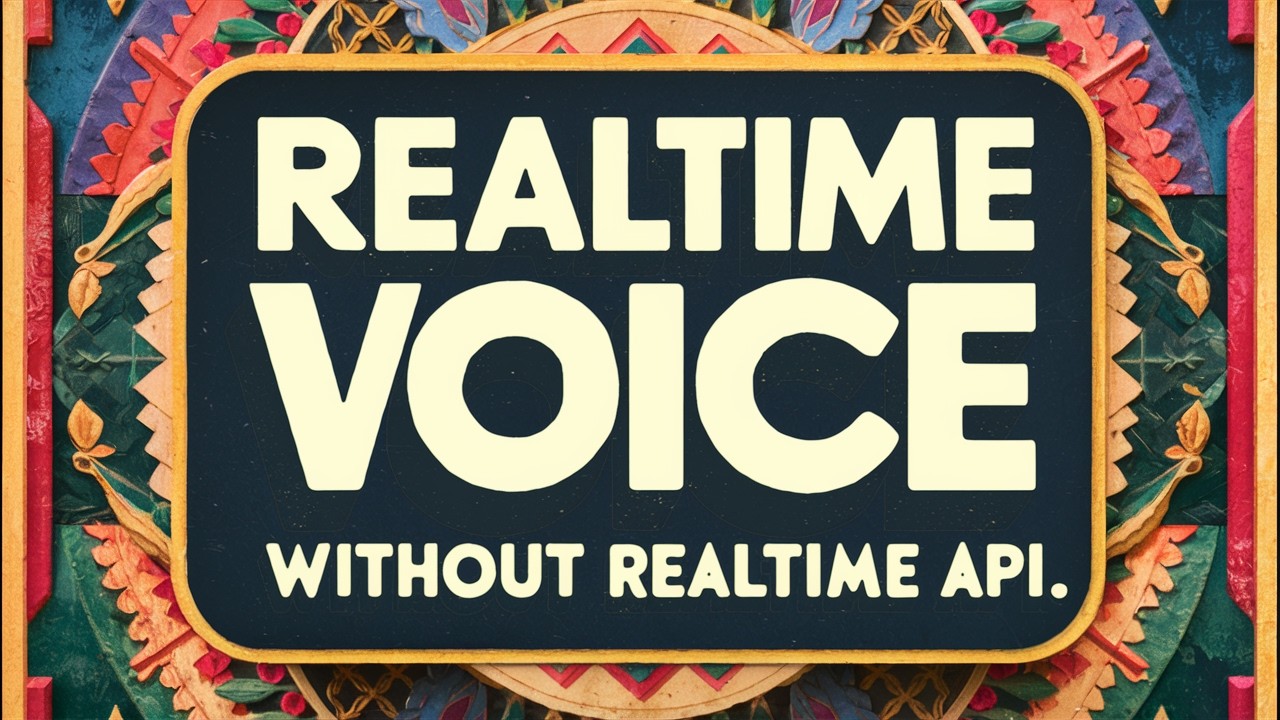The video demonstrates a project that integrates real-time voice interaction using Groq Whisper for transcription and OpenAI’s GPT-4 Mini for generating responses, all facilitated by WebRTC for voice activity detection. The presenter showcases the system’s seamless conversational flow, emphasizing its efficient audio processing and response generation capabilities, while encouraging viewers to access the complete source code and additional resources on their Patreon.
The video discusses a project that combines real-time voice interaction using various technologies, including the Groq Whisper large model, OpenAI’s GPT-4 Mini, and WebRTC for voice activity detection (VAD). The presenter demonstrates how the system works by engaging in a conversation, asking for design principles for web apps, and showcasing the system’s ability to respond almost in real-time with a latency of about half a second to one second. The project is structured into four main files, each focusing on different functionalities, such as voice detection, transcription, and generating text responses.
The first part of the project involves setting up voice activity detection using the WebRTC VAD library. The presenter explains how to initialize the library, configure audio settings, and implement a callback function that detects when the user is speaking. This setup allows the system to recognize voice input and respond accordingly, with visual feedback indicating when voice is detected. The presenter emphasizes the effectiveness of this voice detection mechanism in creating a seamless interaction experience.
In the second part, the focus shifts to integrating OpenAI’s Whisper for transcribing audio input into text. The presenter details how to optimize audio settings, manage audio buffers, and handle speech detection. The transcription process is designed to be efficient, allowing the system to send audio data to the Whisper model for conversion into text. This text is then used to generate responses from the GPT-4 Mini model, creating a conversational flow that feels natural and engaging.
The third file builds upon the previous functionalities by incorporating the ability to generate responses from the GPT-4 Mini model based on the transcribed text. The presenter explains how the system maintains chat history and manages interruptions, ensuring that the conversation remains coherent even if the user speaks over the AI’s responses. This aspect of the project highlights the importance of managing conversation state and audio playback to create a fluid interaction.
Finally, the video concludes with a detailed explanation of the fourth file, which encompasses the entire system’s architecture and functionality. The presenter encourages viewers to access the complete source code available on their Patreon, where they can find additional projects and resources. The video also promotes the benefits of becoming a patron, including access to coding courses and one-on-one support. Overall, the project showcases an innovative approach to real-time voice interaction, leveraging advanced AI models and audio processing techniques to create an engaging user experience.
